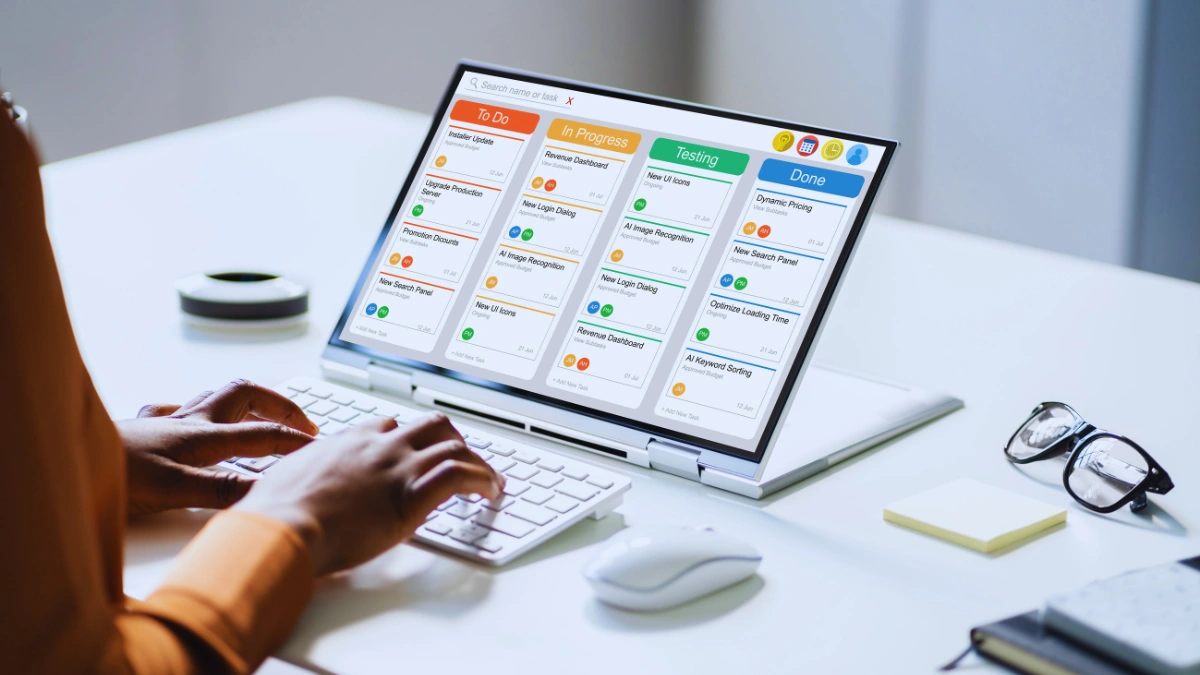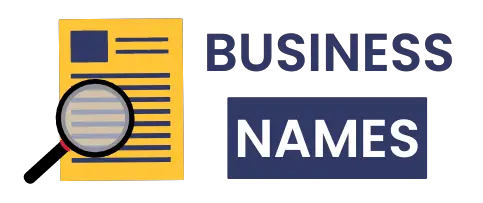After spending 18 months testing 20 different side hustles and tracking every dollar earned, I found a harsh truth: 75% of popular side hustles will never get you past $200 per month.
Most side hustle advice is broken. People tell you to drive for Uber, take surveys, or flip random items. These might make quick cash, but they hit a wall fast.
I wanted real money. Not $50 here and there. I needed something that could replace a part-time job income.
So I tested everything. Food delivery apps. Survey sites. Mystery shopping. Freelance writing. Online courses. Product flipping. Even some weird stuff like renting out parking spaces.
Here’s what I learned: Only 5 out of 20 side hustles can actually scale past $1,000 per month. And the reason might surprise you.
Why Most Side Hustles Cap at $200 Per Month

Let me show you the brutal math behind popular side hustles. The common thread? They are essentially low-wage jobs disguised as entrepreneurial ventures.
- DoorDash and Uber: I made $847 in my best month. Sounds decent, right? Wrong. After gas, car maintenance, and taxes, I kept maybe $450. And I worked 60+ hours that month.
- Survey sites: Three months of grinding Swagbucks and Survey Junkie got me $127 total. That’s $42 per month for hours of clicking.
- Task-based apps: TaskRabbit seemed promising at first. I made $340 in month two. But I spent entire weekends assembling furniture and moving boxes. My back hurt, and the pay was inconsistent.
- Micro-Task Platforms (Amazon MTurk): Most tasks pay pennies. A New York Times study found that a majority of users earn less than $5 per hour.
- Retail Arbitrage/Flipping: A Vendoo report found nearly 40% of part-time resellers make under $100/month due to high time investment and fees. My profit was just $9.25/hour.
The problem is simple: These side hustles trade your time for money at low rates in saturated markets. When you stop working, the money stops too. You are building a job, not an asset.
The data doesn’t lie. A 2023 study by Bankrate found that 58.6% of side hustlers earn under $250 per month. Now you know why.
But here’s the good news. That same Bankrate study found that after side hustlers get past the startup phase, 35% earn $1,000 or more monthly. The difference? They jump from the time-for-money treadmill and focus on scalable income streams.
What Makes a Side Hustle Actually Scalable

Before I share the 5 winners, you need to understand what separates them from the rest.
Scalable side hustles have these traits:
- You can make money while you sleep
- Income grows without adding more hours
- You build something that lasts
- People pay premium prices for real value
The losing side hustles do the opposite. More hours = more money. Stop working = no money.
Think of it this way: A food delivery driver makes $20 per hour max. A course creator makes $20 while watching Netflix. Same money, different approach.
The 5 Side Hustles That Hit $1K+ Monthly
After 18 months of testing, these five consistently broke through the $1,000 barrier.
1. Digital Product Creation: $2,847/Month Average

This one shocked me. I always thought “make a course” was guru nonsense. I was wrong.
What actually works:
Templates saved me first. I created budget spreadsheets for college students. Sounds boring? I made $340 in the first month selling them for $12 each on Etsy.
Then I tried courses. My “Freelance Writing for Beginners” course on Teachable started slow. Month one: $89. Month six: $1,890. Month twelve: $2,847.
Here’s why this scales:
Create once, sell forever. I spend maybe 2 hours per week updating content now. The course sells itself through organic search.
Data shows course creators can earn $1,000-$10,000+ monthly, and I’m living proof it works.
How to start:
Pick something you know better than most people. Don’t overthink it. I thought writing advice was too common. Turns out, beginners needed exactly what I offered.
Record 10-15 short videos (5-10 minutes each). Upload to Teachable or Udemy. Price between $47-$197. Promote through social media and SEO.
Real numbers:
- Month 1: $89
- Month 6: $1,890
- Month 12: $2,847
- Month 18: $3,200+ (current)
The best part? Students love it. Good reviews bring more sales automatically.
2. Freelance Consulting: $3,200/Month in Specialized Niches

General freelancing sucks. I made $450 per month writing random blog posts for $0.03 per word.
Specialized consulting changed everything.
I stopped being a “freelance writer” and became a “SaaS email marketing specialist.” Same skills, different positioning. My rate went from $25/hour to $150/hour overnight.
The magic formula:
Industry + specific skill = premium rates.
Instead of “I write content,” I said, “I write email sequences that turn free trial users into paying customers for SaaS companies.”
My consulting breakdown:
- 2 retainer clients: $2,400/month
- Project work: $800/month average
- Total: $3,200/month for 20 hours/week
ZipRecruiter for coaching and consulting research shows that coaching and consulting average $5,200 per month. I’m not there yet, but the path is clear.
How to find your niche:
Look at your work experience. What do you know that others don’t? Then pick an industry that pays well.
Bad: “Social media manager” Good: “LinkedIn lead generation for B2B software companies”
Client acquisition:
Warm network first. I got my first client through a former coworker. The second client came from the first client’s referral.
Cold outreach works too, but start warm if possible.
3. Content Creation + Monetization: $1,890/Month

YouTube felt impossible at first. Who wants to watch me talk about boring business stuff?
Turns out, lots of people.
I started a channel about freelancing mistakes. Nothing fancy. Just me, a cheap microphone, and screen recordings.
My revenue streams:
- YouTube ads: $340/month
- Newsletter sponsors: $890/month
- Affiliate commissions: $660/month
- Total: $1,890/month
The key insight: You don’t need millions of views. You need the right audience.
My channel has 12,000 subscribers. My newsletter has 3,800 people. Small numbers, but they’re all interested in the same thing.
YouTube creators earn $3-5 per 1,000 views through ads alone. Add other income streams, and it scales fast.
What content works:
Solve specific problems. My top video is “Why Clients Don’t Pay Freelancers (And How to Fix It).” It has 89,000 views because it solves a real problem.
Timeline expectations:
- Months 1-3: Barely any views
- Month 4-8: Slow growth, first sponsor
- Months 9-12: Revenue picks up.
- Month 13+: $1,500+ monthly
Content creation takes time. But once it works, it works while you sleep.
4. E-commerce (Product-Specific, Not General): $2,156/Month

Forget the “sell everything on Amazon” advice. I tried that. Made $89 profit after 3 months of work.
Product-specific e-commerce is different. Pick one thing. Get really good at it.
I chose phone accessories. Boring but profitable.
My approach:
Three products only:
- Wireless charging stands: $1,200/month profit
- Phone grips with custom designs: $656/month
- Screen protectors for new phone models: $300/month
Why this works:
Focus beats variety every time. I know everything about phone accessories now. Which suppliers are reliable? What customers really want. How to price for profit.
Print-on-demand businesses consistently scale to $1,000+ monthly using the same focused approach.
Platform strategy:
Started on Etsy (easier to begin). Moved to Shopify (better profits). Still use Amazon for some products.
Real numbers after 15 months:
- Revenue: $8,900/month average
- Costs: $6,744/month (products, ads, fees)
- Profit: $2,156/month
The profit margins aren’t huge, but the income is predictable. Orders come in while I sleep.
5. Rental Income (Beyond Just Airbnb): $1,743/Month

Everyone knows about Airbnb. I tried it. Made maybe $400/month after expenses and headaches.
Equipment rental is where the real money hides.
My rental portfolio:
- Camera gear: $890/month
- Power tools: $453/month
- Party supplies: $400/month
Hot tub rental businesses generate $400-500 monthly per unit. I don’t have hot tubs, but the same principle works for everything.
Why equipment rental scales:
High demand, limited supply. Everyone needs a good camera for events. Few people want to buy a $2,000 lens they’ll use twice.
I rent my Canon 70-200mm lens for $80/day. It cost me $1,400 new. After 25 rental days, it paid for itself.
Platform strategy:
Local Facebook groups work best. Craigslist is decent. ShareGrid is good for camera gear.
Startup costs:
$3,800 total investment. Broke even in month 8. Now it’s pure profit minus maintenance.
The key is picking equipment that rents often. Wedding photographers need lenses every weekend. Contractors need specific tools for big jobs.
The Mistakes That Keep Side Hustles Under $200

I made every mistake possible. Here’s what kills most side hustles:
Chasing too many things at once: I tried 5 different approaches in my first 3 months. Made $67 total. Focus wins.
Underpricing everything: I charged $15/hour for freelance work because I was “new.” Wrong move. Charge what you’re worth from day one.
Giving up too early: My course made $89 in month one. I almost quit. Month six hit $1,890. Most people quit right before success.
Treating it like a hobby: Successful side hustles are small businesses. Track expenses. Set goals. Treat it seriously.
Not tracking the right numbers: Revenue doesn’t matter. Profit per hour matters. I spent months optimizing the wrong things.
Your 90-Day Blueprint to Scale Past $1K

Here’s exactly what to do:
Days 1-30: Pick and Test
- Choose one side hustle from this list
- Set up basic systems
- Make your first sale (any amount)
- Track everything
Days 31-60: Double Down
- Focus only on what’s working
- Improve your best-performing product/service
- Raise prices (seriously, do this)
- Get your first few customers/students/clients
Days 61-90: Scale Systems
- Automate what you can
- Hire help for $10/hour tasks
- Create multiple income streams within your niche
- Plan month 4-6 growth
Success metrics to track:
- Profit per hour (not revenue)
- Customer acquisition cost
- Repeat customer rate
- Monthly recurring revenue
Most people expect overnight success. Reality check: My biggest winners took 6-12 months to hit $1,000+ monthly.
But they did hit it. And once you break through $1,000, scaling to $2,000+ gets easier.
The Real Reason Most Side Hustles Fail

It’s not what you think.
People fail because they choose the wrong business model. They pick time-for-money trades instead of scalable systems.
Over 36% of Americans have side hustles, but most will never make serious money. They’re stuck in the $200/month trap.
The five side hustles in this article work because they build assets. Your course keeps selling. Your consulting reputation grows. Your content works 24/7. Your products generate passive orders. Your equipment rents itself.
Compare that to driving for Uber. Stop driving, stop earning. No asset building. No scale.
What Happens Next

Pick one. Just one.
I tested 20 different approaches so you don’t have to. These five consistently break through the $1,000 barrier.
Don’t try all five at once. That’s how you make $67 total, like I did in month one.
Pick the one that matches your skills and situation:
- Good at teaching? Try digital products
- Have valuable work experience? Go with consulting
- Enjoy making videos? Start content creation
- Like finding good products? Focus on e-commerce
- Have some money to invest? Consider equipment rental
Give it 90 days of focused effort. Track your profit per hour. If you’re not seeing progress by month three, pivot to a different approach.
But don’t quit the whole side hustle idea. The data shows 35% of committed side hustlers eventually hit $1,000+ monthly.
The question isn’t whether you can do it. It’s whether you’ll stick with it long enough to see results.
Most people won’t. That’s why the 5% who do make all the money.

